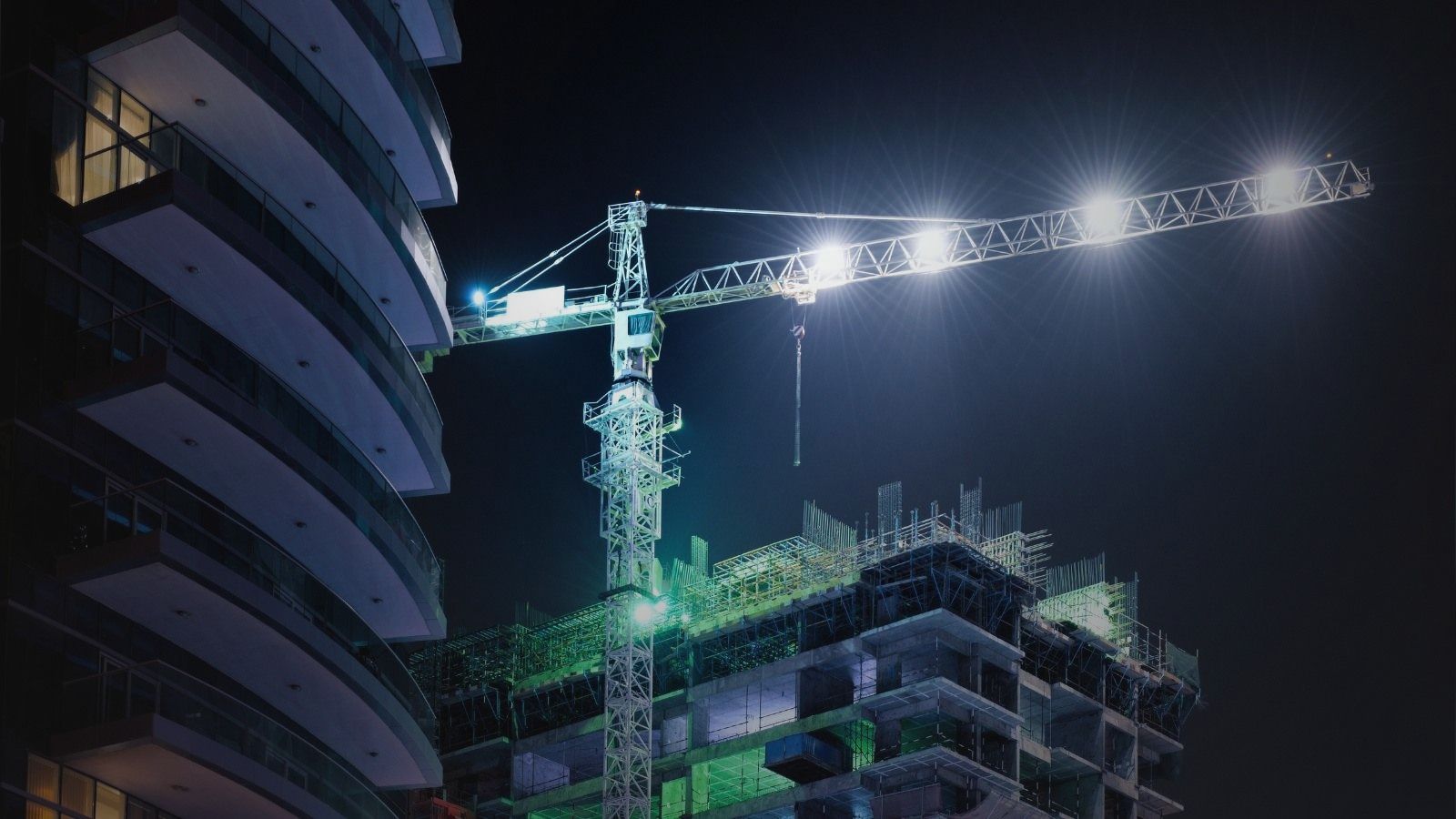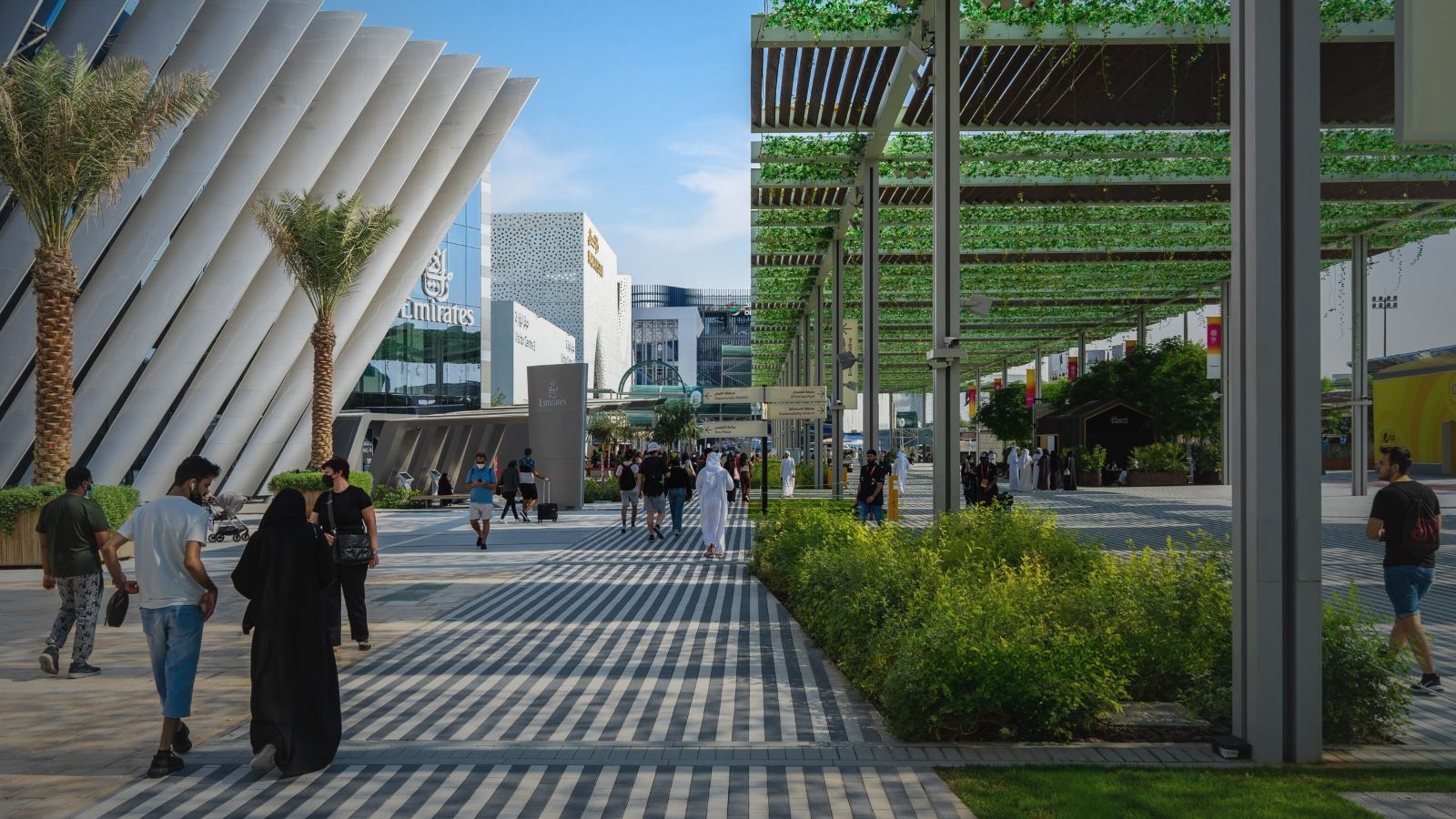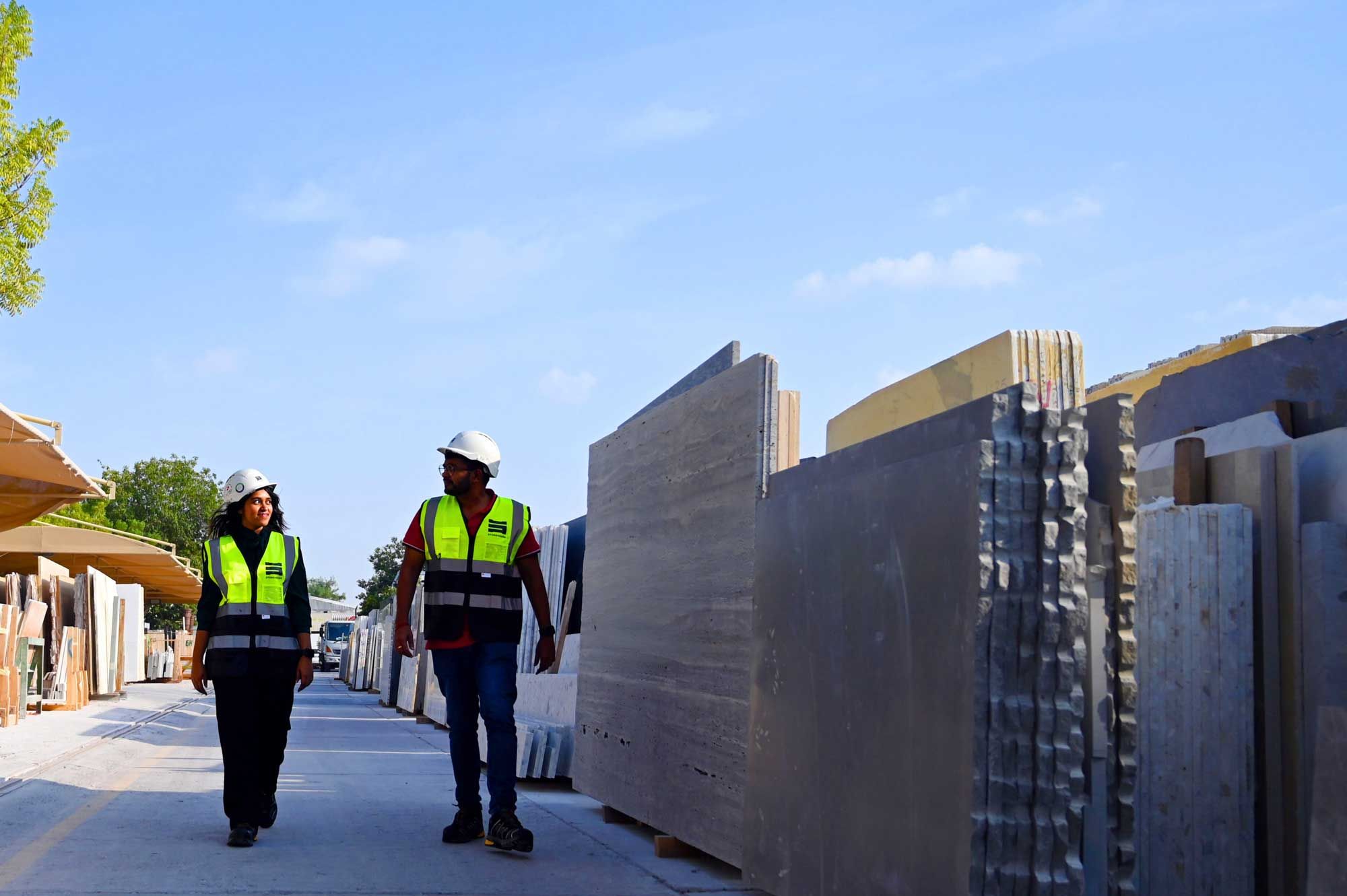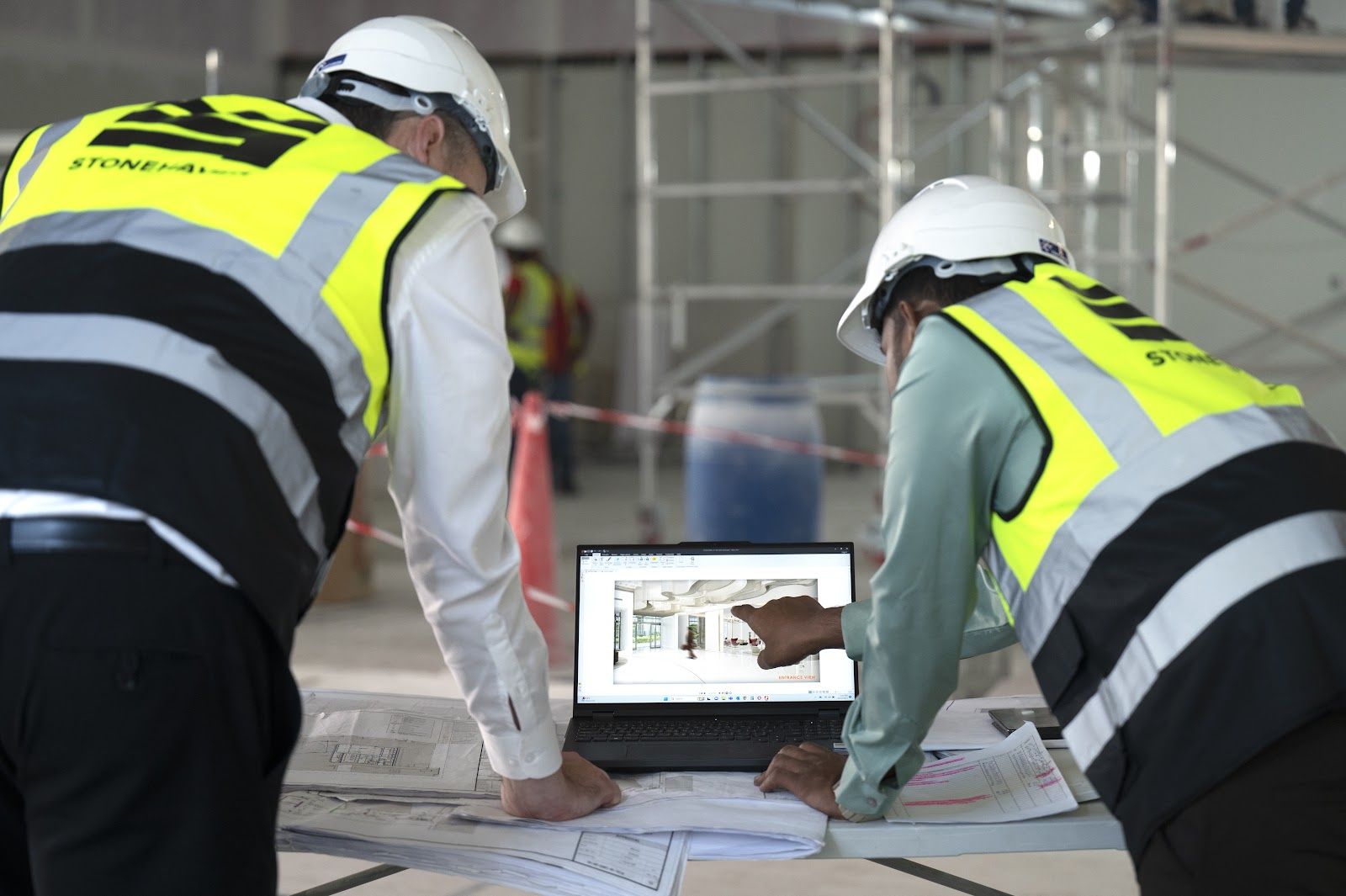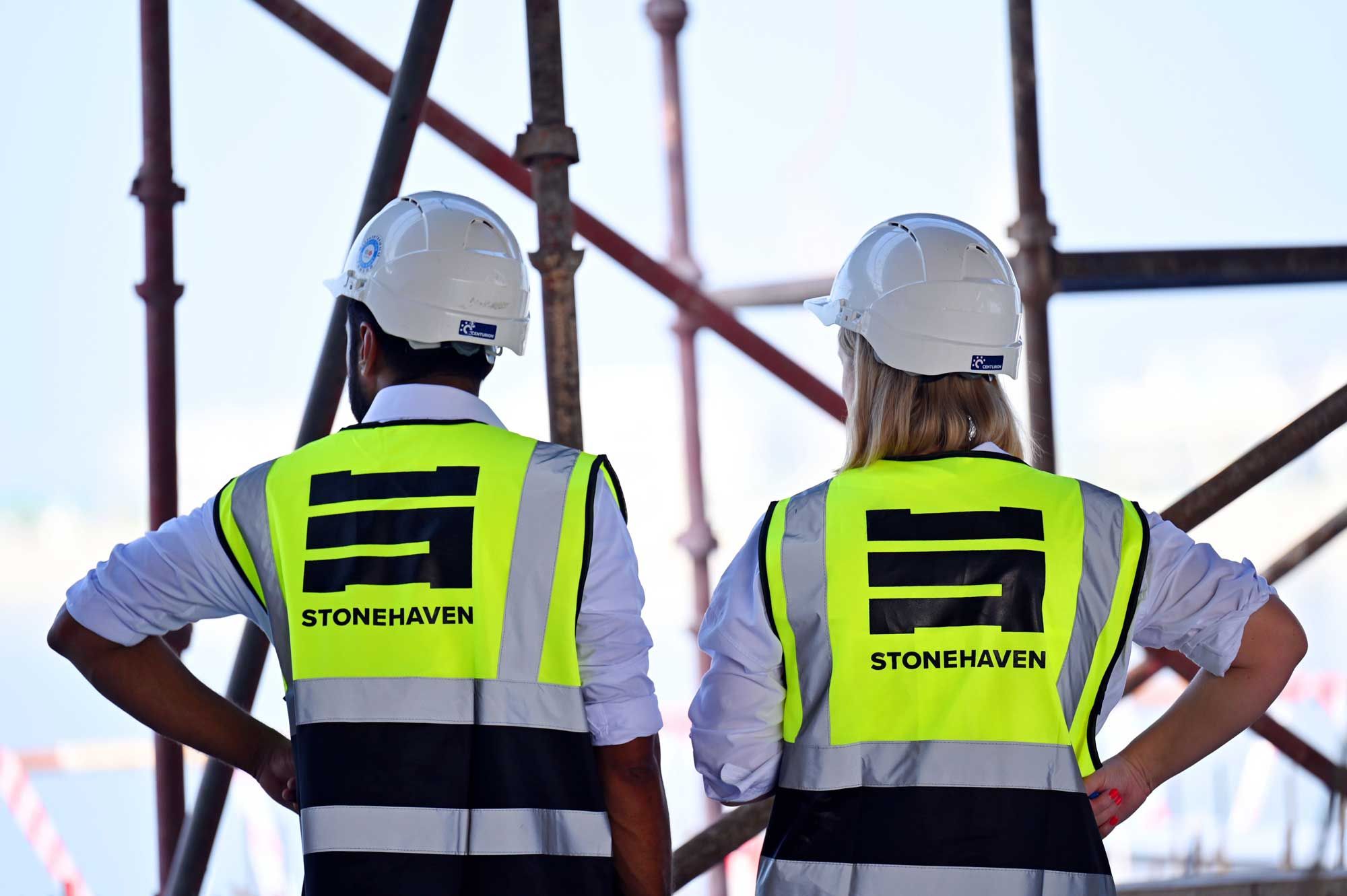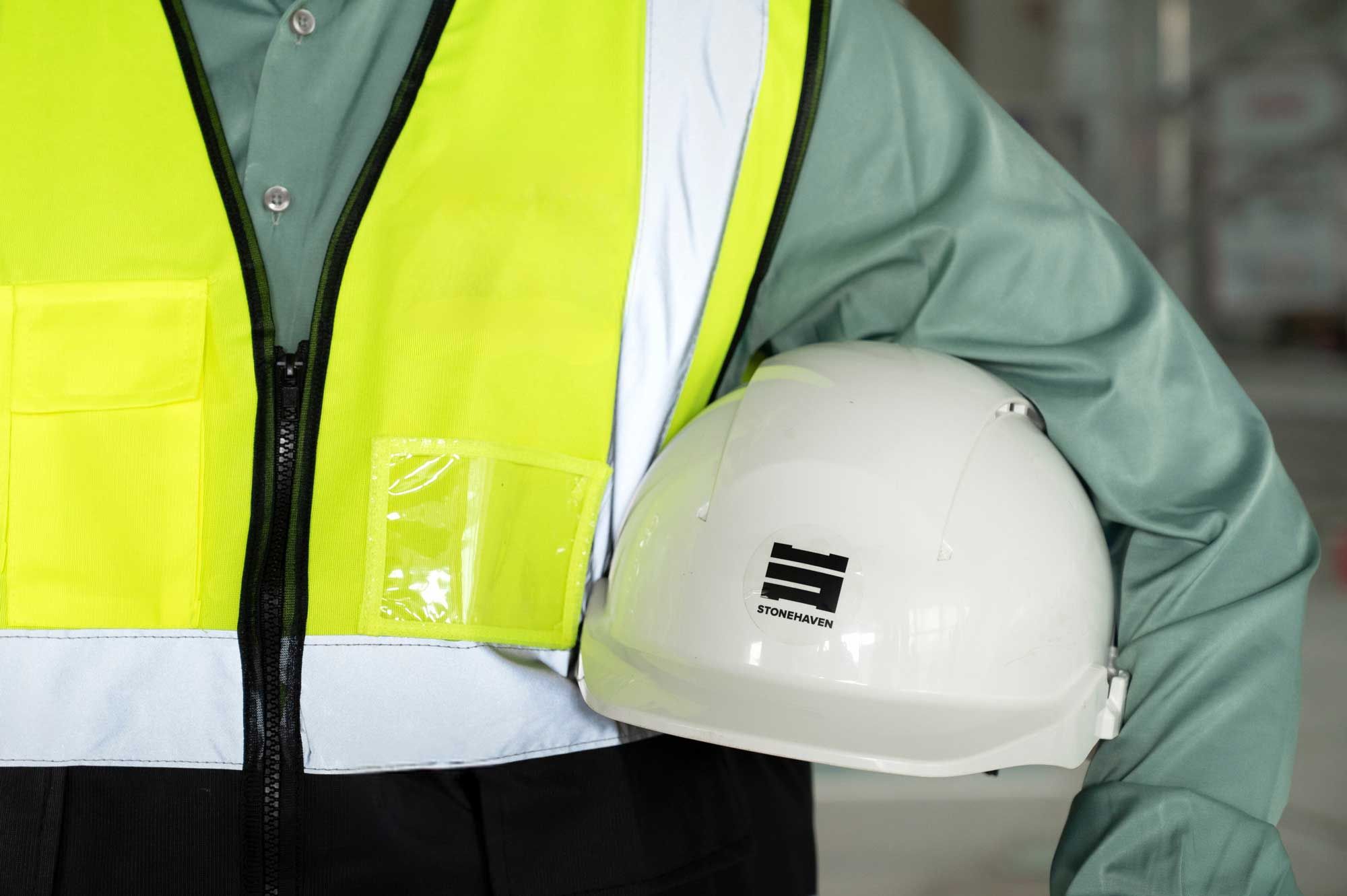In today’s evolving construction industry, ensuring that a building continues to perform optimally long after initial commissioning is crucial. This is where recommissioning plays a pivotal role. As buildings age, systems become less efficient, operating costs increase, and compliance standards evolve.
Recommissioning addresses these challenges by optimising the building’s existing systems, ensuring they meet performance, safety, and regulatory standards. In construction, recommissioning extends beyond operational efficiency; it safeguards long-term investment, maximises tenant satisfaction, and enhances environmental performance.
This article explores the importance of recommissioning in the construction industry, covering definitions, sub-services, benefits, challenges, and emerging trends. With a focus on sustainable and compliant building practices, recommissioning is increasingly becoming an essential service within construction supervision.
What is Recommissioning?
In construction, recommissioning is a process involving detailed assessments, recalibration, and optimisation of a building’s systems to maintain or restore their intended operational standards. It is distinct from initial commissioning, which takes place during a building’s first use. Instead, recommissioning occurs periodically or when issues arise, ensuring the building remains efficient, compliant, and aligned with its designed purpose.
Recommissioning encompasses a variety of sub-services tailored to key building systems, including:
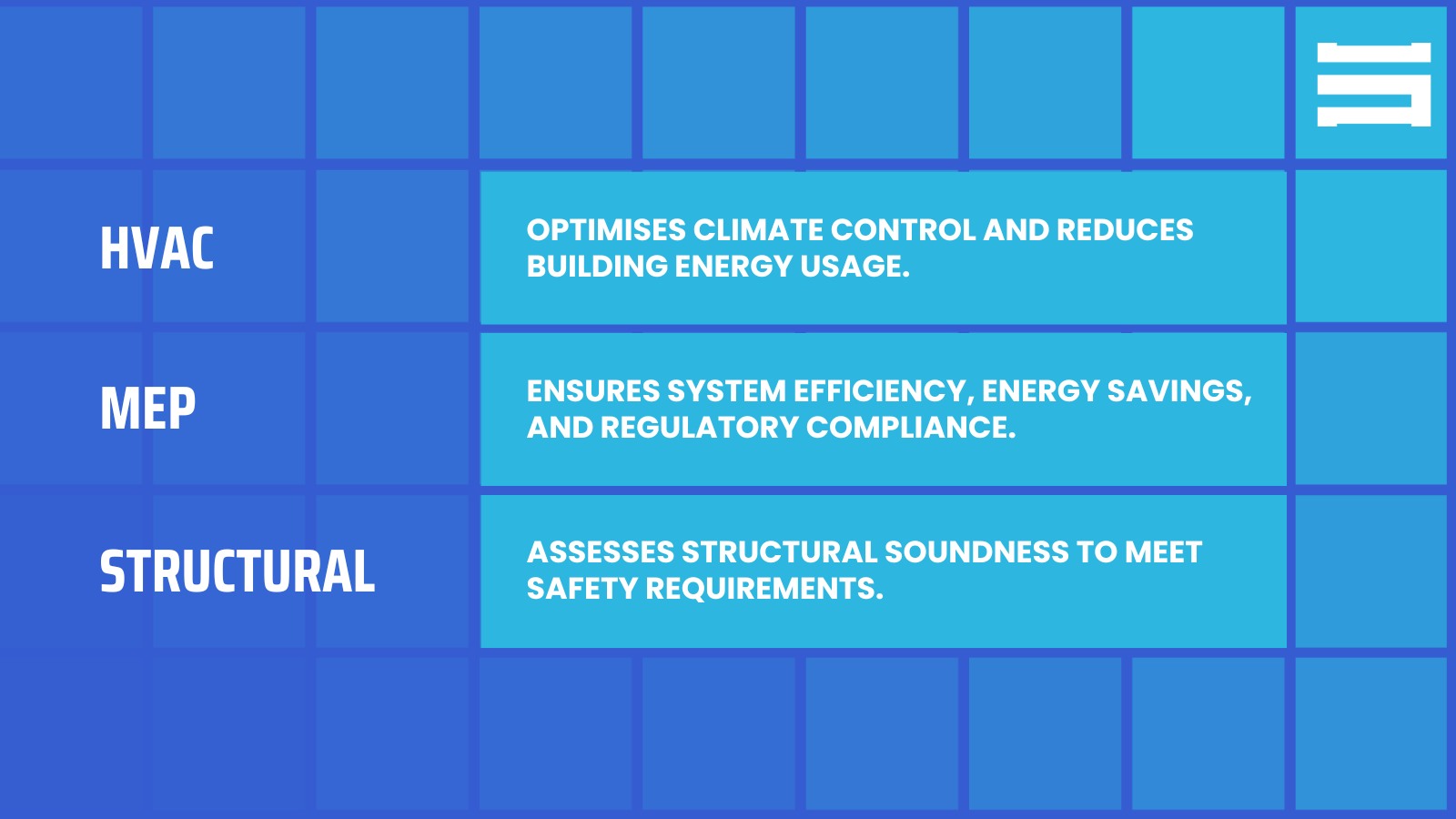
- HVAC Recommissioning: This involves the optimisation of heating, ventilation, and air conditioning systems to enhance climate control and energy efficiency. HVAC systems often account for a significant portion of a building's energy use, making them a critical focus for reducing operational costs.
- MEP (Mechanical, Electrical, and Plumbing) Recommissioning: MEP recommissioning reviews mechanical, electrical, and plumbing systems, ensuring efficient performance, energy conservation, and compliance with updated codes.
- Structural Recommissioning: This examines the building's structural integrity, assessing materials and load-bearing capacity to ensure the building meets safety standards and remains fit for purpose.
Incorporating regular recommissioning within the construction supervision process helps identify and address potential inefficiencies, allowing building managers to extend the useful life of systems, reduce maintenance costs, and increase overall safety and occupant comfort.
Why is Recommissioning Important?
Recommissioning delivers numerous advantages that are particularly relevant to construction, where operational efficiency, cost-effectiveness, and regulatory compliance are top priorities.
In 2023, despite an increase in borrowing costs, investment in global energy efficiency remained high, reaching approximately $285 billion. This highlights a continued focus on reducing energy consumption in buildings, crucial for recommissioning projects that aim to optimise energy efficiency. Below are some key benefits of recommissioning in construction:
1. Enhanced Operational Efficiency
Over time, a building's systems can drift from their initial performance levels due to factors such as equipment wear and suboptimal settings. Recommissioning helps restore these systems to their intended operational standards. For example, HVAC recommissioning ensures proper air distribution, optimised temperature control, and efficient energy use, reducing wear and tear on equipment and extending its lifespan.
2. Cost Savings and Energy Efficiency
When systems are optimised to function as intended, they consume less energy, resulting in significant savings on utility bills. Recommissioning often identifies hidden inefficiencies, such as equipment running longer than necessary, outdated control settings, or incorrect valve positions. By addressing these issues, construction projects not only save money but also align with sustainability goals and carbon reduction initiatives.
4. Improved Occupant Comfort and Satisfaction
A well-functioning building provides a comfortable environment for occupants, directly impacting tenant satisfaction and retention. Recommissioning ensures that systems like HVAC and lighting are properly balanced, providing consistent temperatures, adequate ventilation, and optimal lighting levels. As comfort and productivity are highly valued by tenants, recommissioned buildings are often more attractive for occupancy, reducing vacancy rates and enhancing the building's value.
5. Extended Lifespan of Building Systems
Routine recommissioning helps extend the lifespan of building systems by addressing minor issues before they escalate into major, costly repairs. This is particularly beneficial in construction, where the replacement of large systems, such as HVAC units or electrical components, can be disruptive and costly. By prolonging the lifespan of these systems, recommissioning reduces capital expenditure over the building's lifecycle and ensures uninterrupted operation.
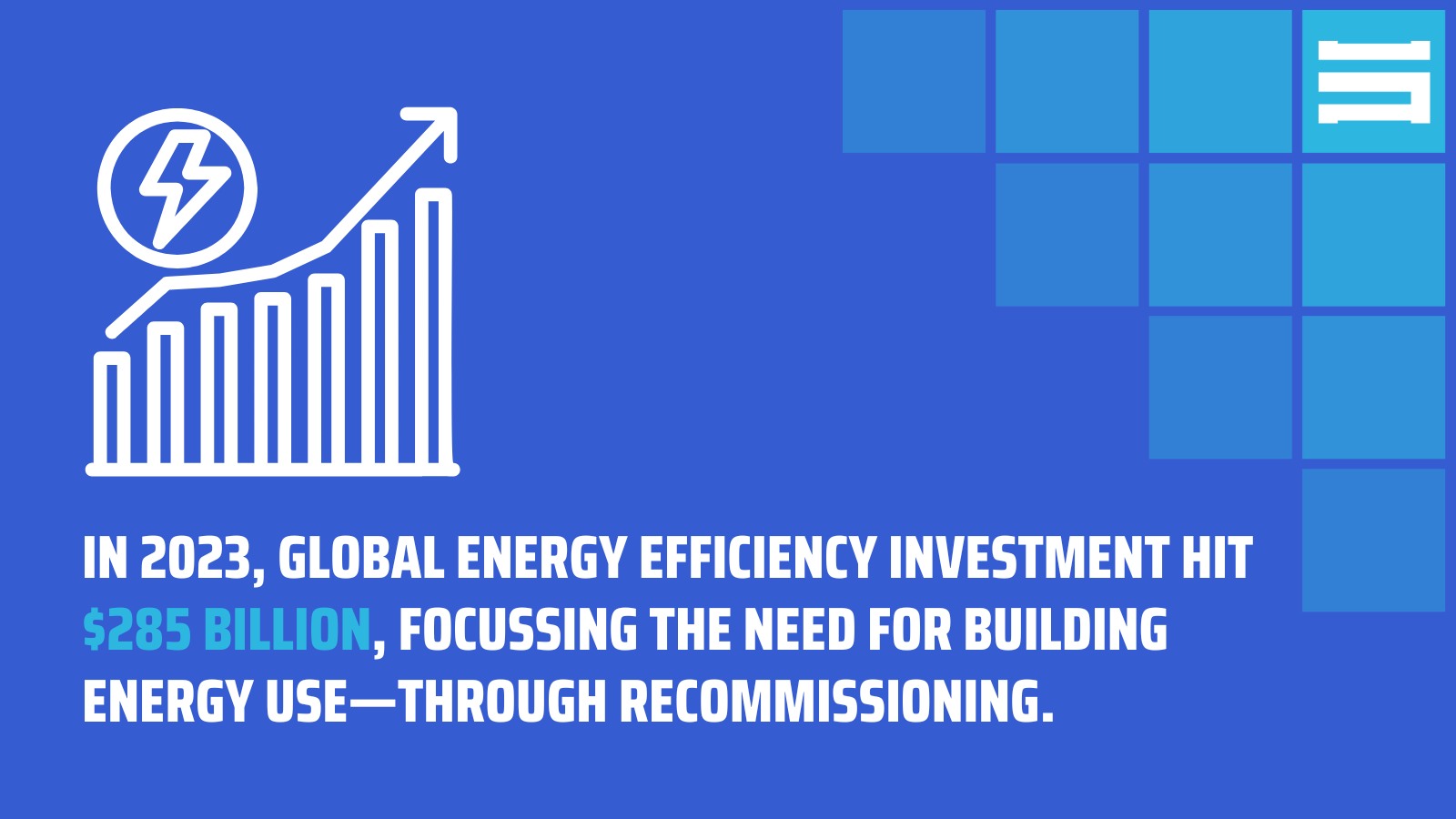
What are the Approaches to Recommissioning in Construction?
Recommissioning can be approached through various methods, each suited to different building types, systems, and project requirements. Below are the main strategies used to achieve effective recommissioning outcomes:
1. Initial Assessment and Objective Setting
Every recommissioning project begins with an initial assessment to establish a clear understanding of the building’s current performance and define measurable objectives. This initial assessment includes reviewing historical data, consulting with stakeholders, and evaluating any known issues. Setting specific goals, such as improving energy efficiency by 10% or achieving compliance with a new regulatory standard, allows construction managers to tailor the recommissioning process to address the building’s unique needs.
2. Data-Driven Monitoring and Analytics
Leveraging advanced data analytics is an increasingly popular approach to recommissioning. Internet of Things (IoT) devices and Building Management Systems (BMS) provide real-time data on the performance of HVAC, MEP, and other critical systems. By analysing this data, facility managers can detect inefficiencies early, such as deviations in energy use, equipment malfunctions, or suboptimal settings, which are then targeted for recommissioning. Data-driven recommissioning not only improves accuracy but also allows for continuous performance monitoring, ensuring long-term efficiency.
3. System Calibration and Testing
Calibration involves fine-tuning systems to their optimal settings, ensuring they perform as designed. For instance, HVAC systems are calibrated to achieve the ideal balance of airflow, temperature, and humidity. Testing typically follows calibration and includes simulating different operational scenarios to confirm that systems function reliably. This is crucial for buildings with high energy demands, where even minor misalignments can lead to significant inefficiencies and operational costs.
4. Documentation and Reporting
A comprehensive recommissioning process includes detailed documentation of findings, adjustments, and improvements made. This documentation not only serves as a reference for future recommissioning but also aids in the project approval process by demonstrating compliance with standards and regulations. Reports generated during recommissioning provide valuable insights into system performance and the impact of corrective measures, making them essential for long-term management and decision-making.
Challenges in Recommissioning for Construction Projects
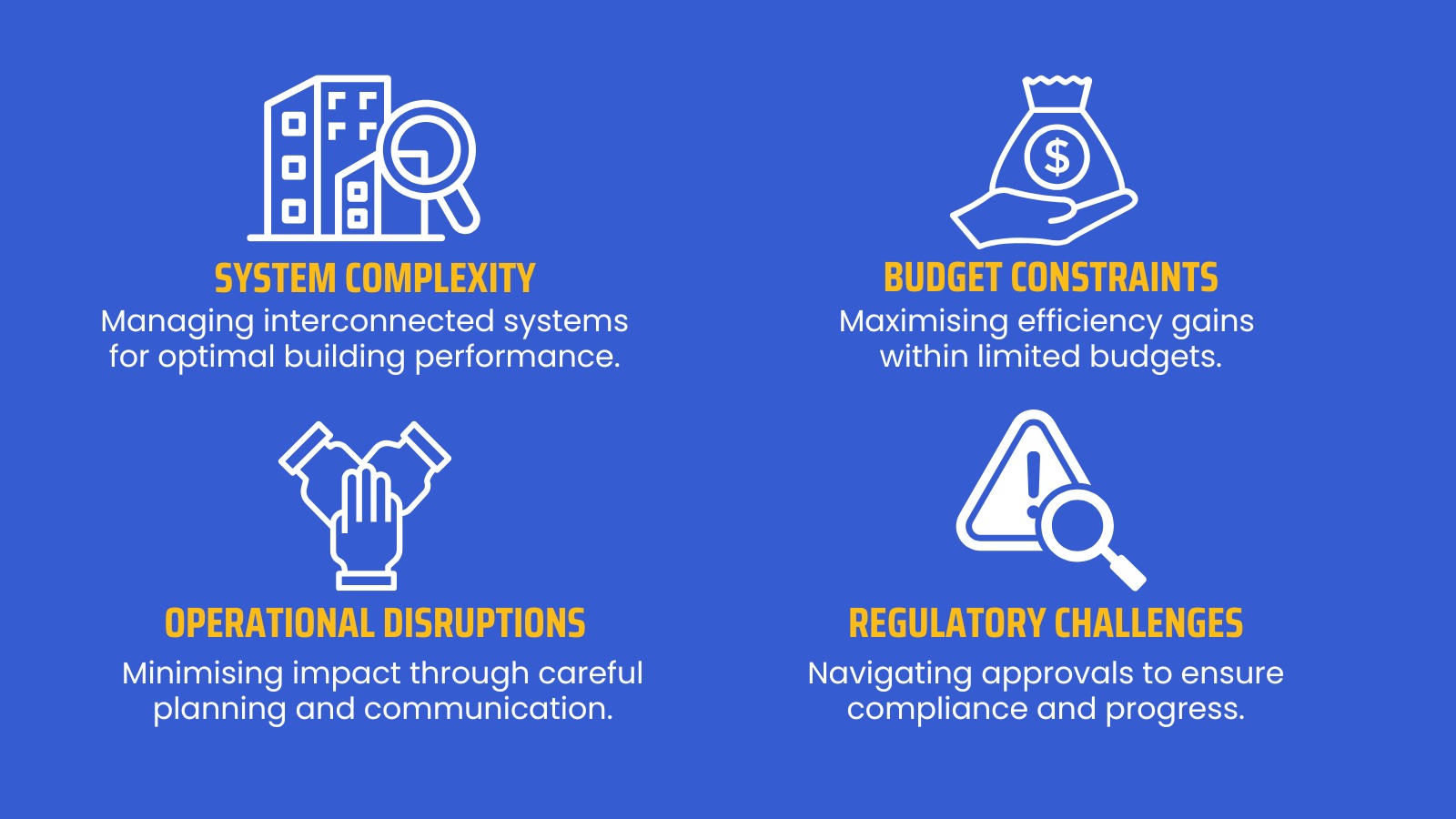
While recommissioning offers substantial benefits, it also presents certain challenges that construction managers must navigate. Understanding these challenges can help in developing a more strategic and effective approach to recommissioning.
1. Complexity of Building Systems
Modern buildings incorporate a variety of interconnected systems that work together to maintain indoor comfort, safety, and efficiency. Recommissioning these systems can be complex, particularly in large buildings where HVAC, electrical, and plumbing systems are interdependent. Adjusting one system can inadvertently affect others, requiring careful coordination and expertise to prevent unintended consequences.
2. Budget Constraints and Cost Management
Recommissioning requires a significant upfront investment, which can be challenging for construction projects operating on tight budgets. While the process ultimately yields cost savings through efficiency gains, the initial costs may be prohibitive. Budget constraints often limit the scope of recommissioning efforts, requiring prioritisation of systems or areas where the most immediate gains can be achieved with cost management.
3. Access and Operational Disruptions
Recommissioning may require temporary shutdowns or limited access to certain building areas, which can disrupt occupants or delay ongoing construction activities. Managing these disruptions requires careful planning and clear communication with all stakeholders. For high-occupancy buildings, scheduling recommissioning activities during off-peak hours or weekends can help mitigate the impact on tenants.
4. Complex Regulatory Requirements and Approval Processes
The construction industry is governed by strict regulatory requirements, and recommissioning must align with these standards. Securing approvals for recommissioning adjustments can be time-consuming, particularly for older buildings with complex systems. Understanding the contract and project approval process, as well as local regulations, is crucial for a smooth recommissioning experience. Any delays in regulatory approval can impact project timelines and budgets.
Opportunities in Recommissioning for the Construction Sector
Despite these challenges, recommissioning presents numerous opportunities within the construction industry. Here are some key areas where recommissioning can provide value and competitive advantages:
1. Sustainability and Environmental Performance
Sustainability is an increasingly important goal for the construction industry. Recommissioning helps buildings meet environmental standards, such as BREEAM, ESTIDAMA and LEED, by optimising energy use and reducing emissions. Retro commissioning older buildings aligns them with current green building standards, making recommissioning an ideal solution for organisations looking to improve their environmental performance.
2. Incorporation of Smart Technologies
As the construction industry adopts smart technology, recommissioning is becoming more sophisticated. Smart sensors, IoT devices, and AI-powered analytics enhance the ability to monitor, control, and optimise building systems in real time. These technologies provide valuable insights into system performance, allowing construction managers to make data-driven decisions that improve efficiency and reduce costs.
3. Rising Demand for Healthier Indoor Environments
Post-pandemic, there is increased awareness around indoor air quality, ventilation, and overall building health. Recommissioning plays a vital role in achieving these standards, particularly by optimising HVAC systems to improve air quality. As tenants and occupants increasingly prioritise healthier buildings, recommissioned spaces are more attractive, leading to improved tenant retention and satisfaction.
4. Increasing Regulatory and Market Demand
With building performance regulations becoming stricter, recommissioning is quickly moving from a value-added service to a necessity. Local and national governments are mandating higher standards for energy efficiency and environmental performance, creating strong demand for regular recommissioning to ensure compliance. This shift presents significant opportunities for contractors and developers to differentiate their projects by proactively addressing these standards.
Trends in Building Recommissioning
As the demand for high-performance, sustainable buildings grows, recommissioning will continue to evolve. Here are some key trends shaping the future of recommissioning in the construction industry:
- Increased Use of Smart Data and Predictive Analytics: Data-driven recommissioning is gaining traction, with IoT devices providing real-time performance insights. Predictive analytics enable early detection of potential system failures, allowing for proactive maintenance and optimisation.
- Growth of Retrocommissioning for Ageing Buildings: Many buildings were constructed before modern energy standards became prevalent. Retrocommissioning offers an efficient way to bring these buildings up to current performance standards, making it a growing trend in sustainable building management.
- Expanded Role in Health and Safety Standards: Recommissioning is expanding to cover aspects beyond energy efficiency, including improvements in indoor air quality, lighting, and thermal comfort, which contribute to occupant health and well-being.
- Emphasis on Comprehensive Training and Certification: As recommissioning becomes more complex, there is an increased emphasis on training and certification for technicians. Certified professionals ensure that systems are optimised correctly, minimising risk and enhancing building performance.
Conclusion
Recommissioning has emerged as a vital service within the construction industry, providing a pathway to enhanced efficiency, regulatory compliance, and tenant satisfaction. By systematically reviewing and adjusting building systems, recommissioning ensures that buildings operate at optimal performance throughout their lifecycle. For construction projects, recommissioning offers an essential balance of cost savings, environmental impact reduction, and improved tenant experience.
As regulatory standards and market expectations evolve, recommissioning will play an even larger role in building management. This proactive approach ensures that structures meet modern standards, reduce energy costs, and remain competitive within the market. With smart technologies, sustainability goals, and data-driven insights driving future developments, recommissioning is poised to remain a cornerstone of effective construction supervision.
About us
Stonehaven is a trusted project management company and construction consultant based in Dubai, offering comprehensive construction management services across the UAE with offices located in Dubai, UK and Sri Lanka. As one of the leading project management companies in Dubai, we manage projects from inception to completion, ensuring quality, efficiency, and cost-effectiveness at every stage.
We deliver value through expert project management consultancy services, tailored to meet the unique needs of each client. Our core services include Cost Management, Project Management, Construction Supervision, Engineering Support, Design Support, and Marketing & Communications. Whether you’re looking for construction consultants or project managers in the UAE and wider GCC region, Stonehaven is your trusted partner for achieving excellence in your next project.
Trust Stonehaven for expert guidance in building recommissioning and recommissioning. At Stonehaven, we specialise in comprehensive construction supervision and recommissioning services, helping buildings meet performance and compliance standards. Our tailored approach ensures a seamless experience, from contract approval processes to final regulatory compliance.
With our expertise in recommissioning, we empower construction projects to achieve optimal performance, environmental sustainability, and long-term success. Contact Stonehaven today to learn how our recommissioning services can elevate your project to new standards of excellence.








